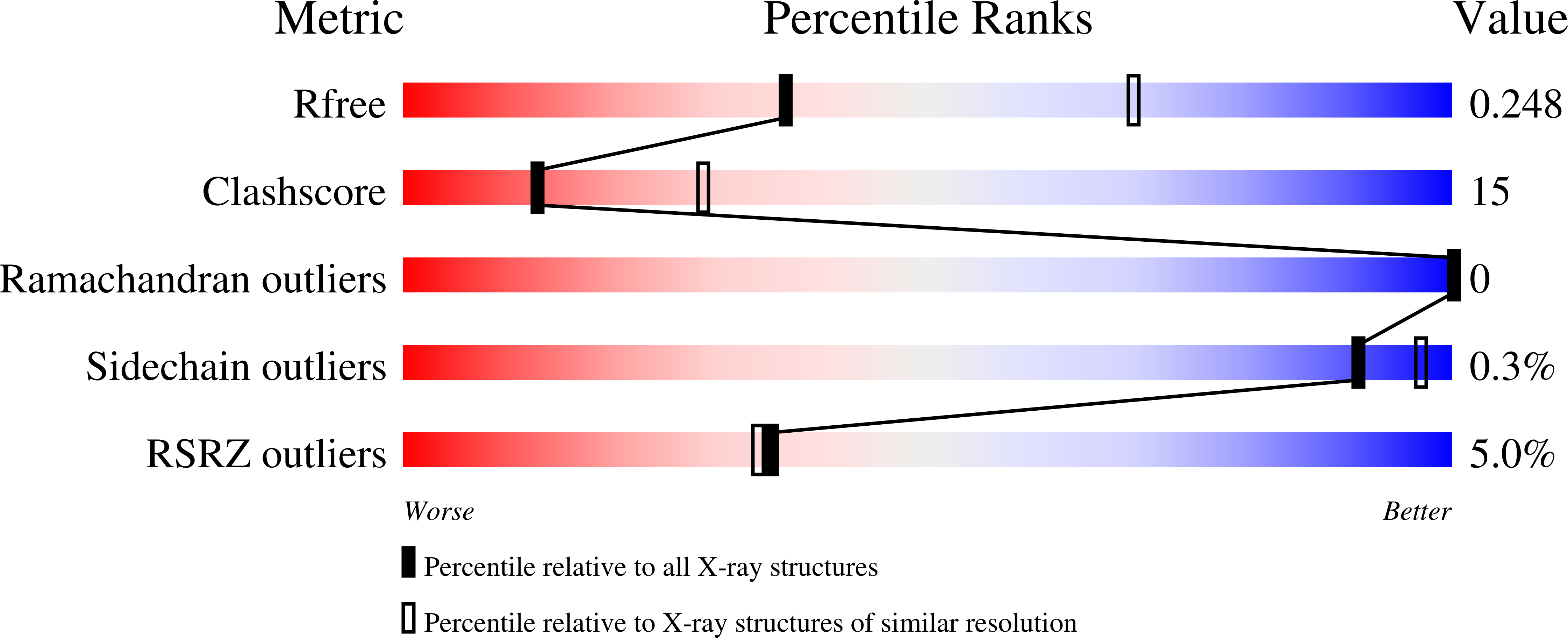
Deposition Date
2024-06-11
Release Date
2025-06-25
Last Version Date
2025-06-25
Method Details:
Experimental Method:
Resolution:
2.71 Å
R-Value Free:
0.24
R-Value Work:
0.20
R-Value Observed:
0.20
Space Group:
P 1 21 1


